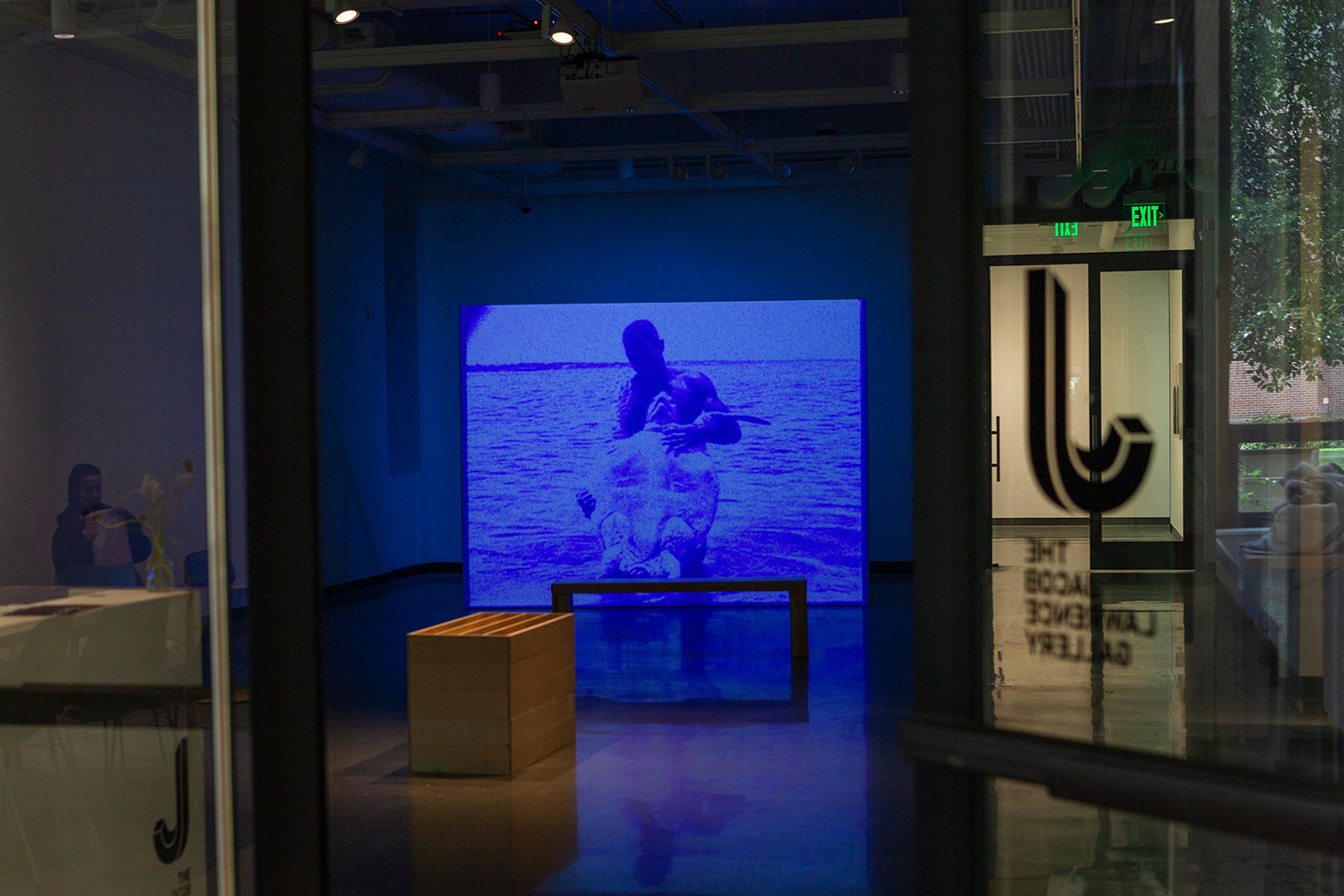
 “America is an artistic playground for the world,” says Gudnason, who relocated to the United States in 1978 and describes the Danish style as “very ascetic and minimal”. In his photography, Gudnason loosens his grip on that style by turning a colorful eye away from the dark Scandinavian winters but never quite forgetting about them. “When I came here, everything was new, but somehow [I found] déjà vu through various media. My work is still quite minimal, even in the more complex images. It’s more a way of reduction than addition.”
“America is an artistic playground for the world,” says Gudnason, who relocated to the United States in 1978 and describes the Danish style as “very ascetic and minimal”. In his photography, Gudnason loosens his grip on that style by turning a colorful eye away from the dark Scandinavian winters but never quite forgetting about them. “When I came here, everything was new, but somehow [I found] déjà vu through various media. My work is still quite minimal, even in the more complex images. It’s more a way of reduction than addition.” From Gudnason’s Body Vase Series, which is inspired by “The need to work on a form that gives birth to the continuation of mankind. A fascination of how close the feminine body is to nature.”
From Gudnason’s Body Vase Series, which is inspired by “The need to work on a form that gives birth to the continuation of mankind. A fascination of how close the feminine body is to nature.”
– Torkil Gudnason, on the similarities between florals and human forms

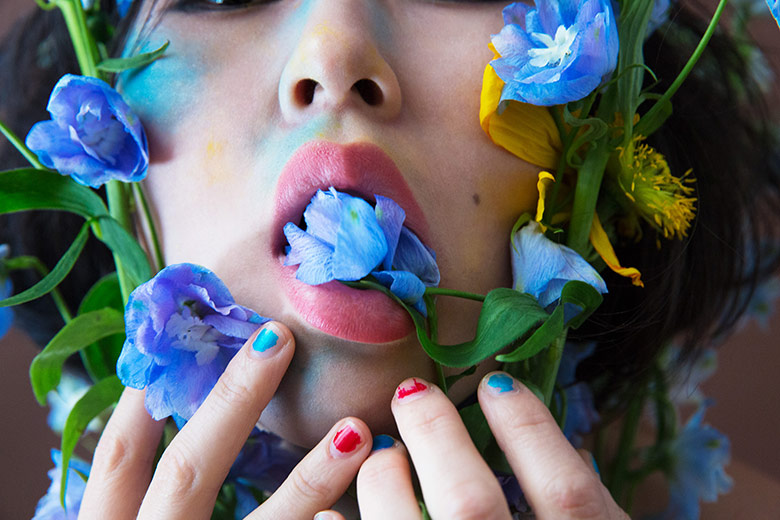

Gudnason has experience working with monochrome imagery, but his most astrounding work flourishes with exploding colors. Amongst these are images from his Hot House Color and Electric Blossom series, which look similar upon first glance but contain subtle differences in their composition and content. Electrifying indeed, Electric Blossom concentrates on similar floral arrangements that its predecessor did, but builds upon them by addressing Gudnason’s “need to go further than the minimal, sculptural eye that did Hot House.”
The still life compositions glow beneath colored lighting that successfully “exaggerate[s] the colors already seen in the plants”. Though Gudnason describes the lighting as “not much out of the ordinary”, he remembers clearly the first time he discovered its beauty, which he owes to the unexpected wonders of film photography.
“It was after the film plates came back from the lab,” he recalls. “There would be surprises out of this world that you don’t get so much in our digital world. One thing leads to another, and it becomes a way of seeing.”
– Torkil Gudnason, on progressing as an artist
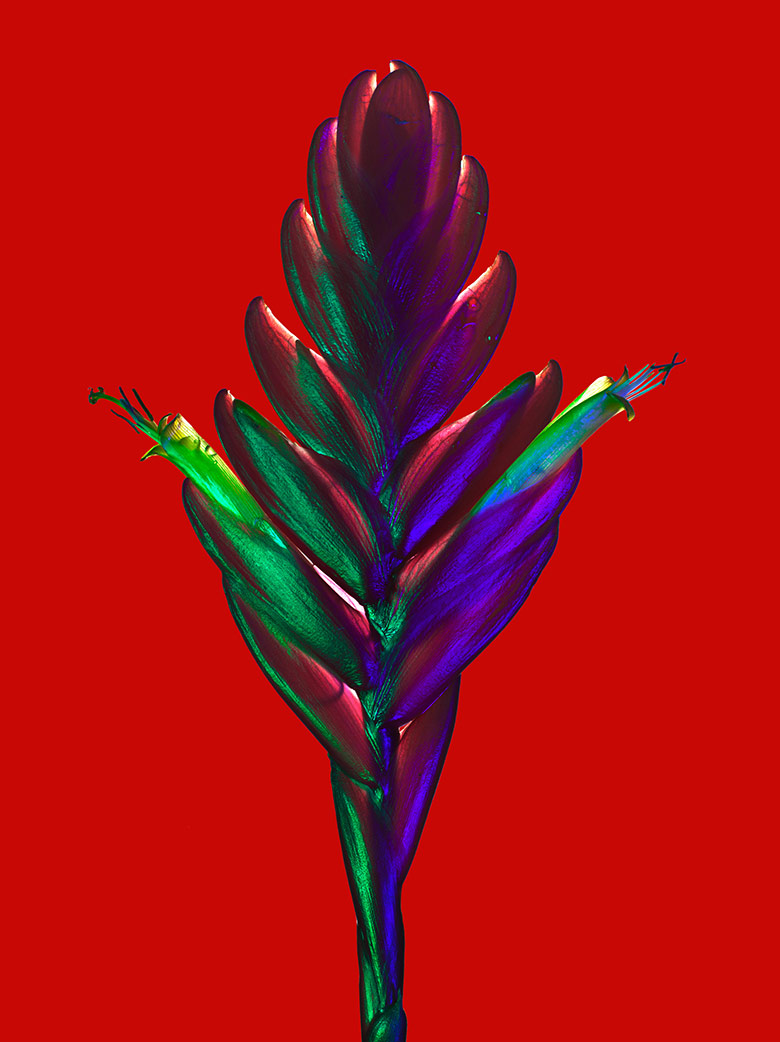
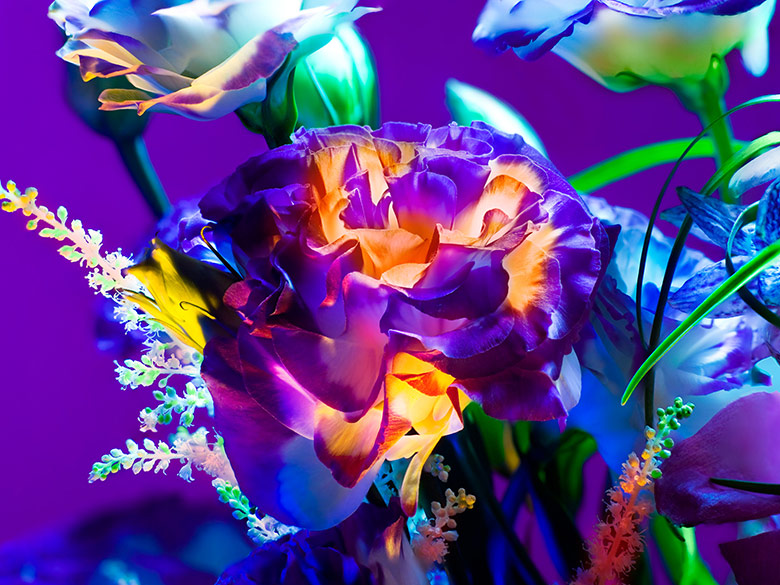 From Gudnason’s Electric Blossom Series
From Gudnason’s Electric Blossom Series

 From Gudnason’s Hot House Color Series
From Gudnason’s Hot House Color Series
When it comes to minimal artwork, image selection can be a particularly difficult affair — but Gudnason chooses to view his the process fairly light-heartedly.
“[My images are] like children. They are different, but I don’t really care,” he explains. “I have my favorites, but that changes too sometimes. Sometimes I let other people decide.”
His selection process may vary from series to series, what remains consistent is Gudnason’s dedication to keeping his images as true to their moment of creation as possible.
“After the work is done, there is not much else to do,” he explains. “Definitely not Photoshop. As a matter of fact, all my personal work relies more and more of not using retouch. I think it’s a reaction to the overly heavy-handed retouching in… commercial work.”
– Torkil Gudnason, on the recent resurgence in floral morifs in artwork

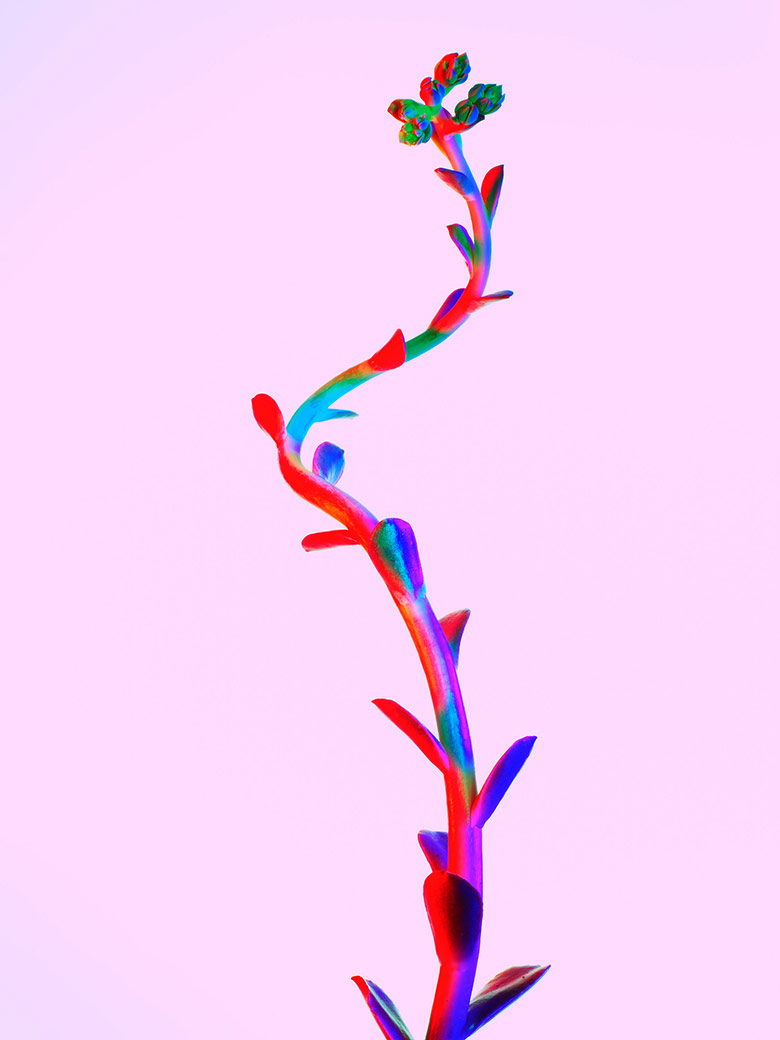


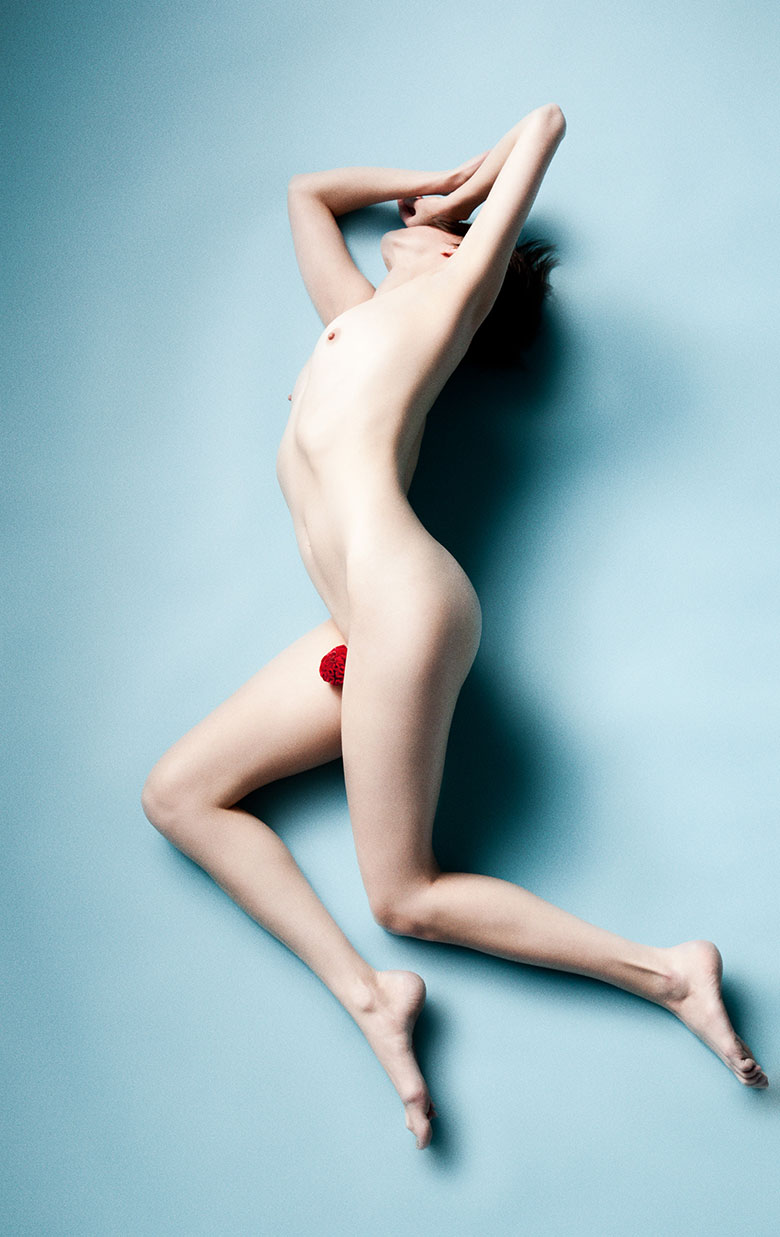
Ω






